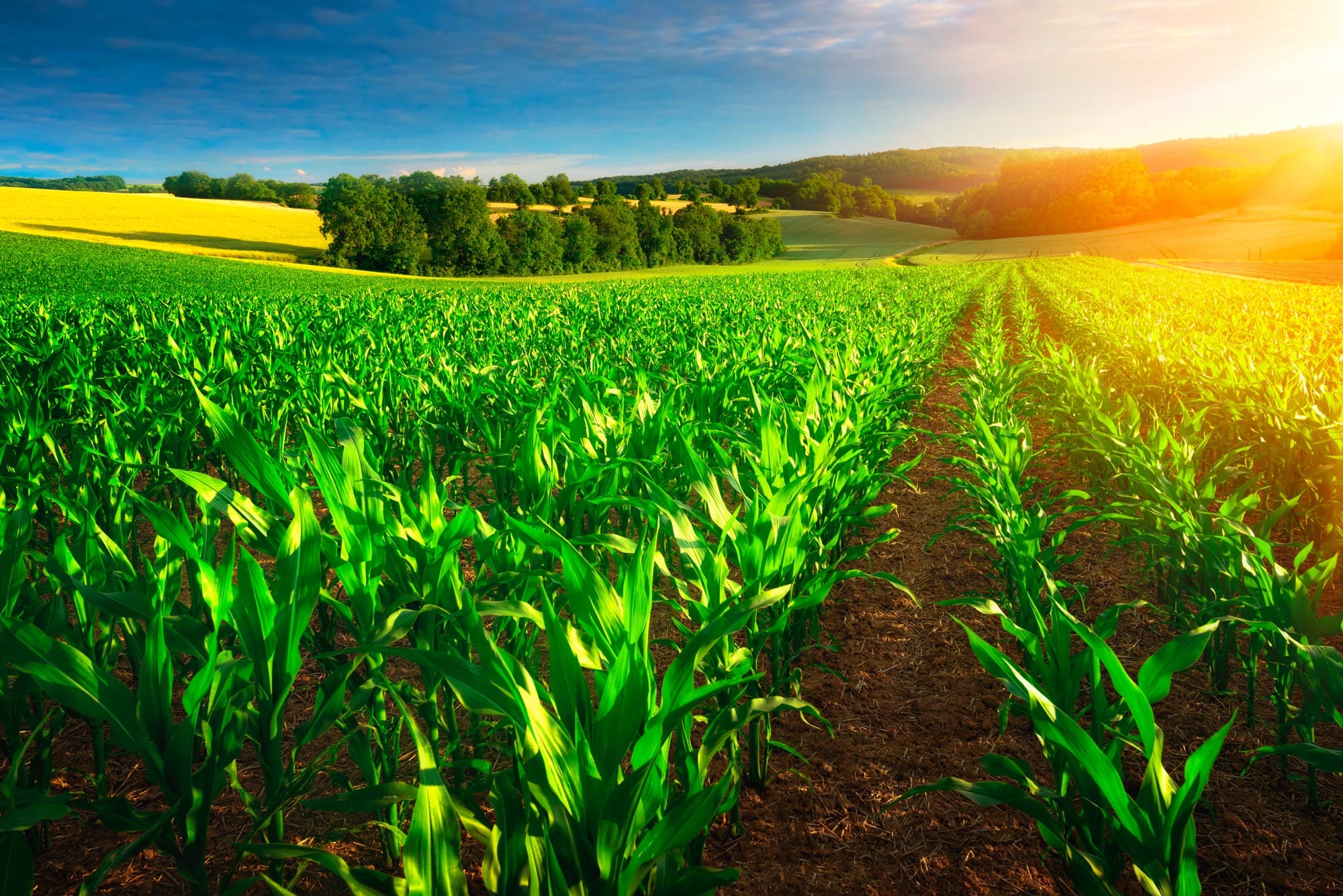Economically efficient and ecologically sound: Controlled-release fertilizers based on thyssenkrupp know-how
In order to supply crops with the optimal amount of nitrogen during the growing season, conventional fertilization requires multiple output runs, which costs tractor diesel and causes soil compaction. The use of controlled-release fertilizer can significantly reduce the number of runs – in best-case scenarios to just one. That is because the coated fertilizer controls the release of nutrients to meet the needs of the crop during the various stages of growth. By using different coating materials and thicknesses, as well as blending different coated fertilizers with different nutrient release characteristics, it is possible to perfectly match the plant’s needs. Of course, the coating materials or their metabolites must be biologically safe, biodegradable and non-bactericidal to avoid the environmental problems that occur with conventional polymers. That is where thyssenkrupp’s expertise and experience are crucial in the development of suitable controlled-release fertilizers.
Polylactic acid (PLA) is a biodegradable and sustainable thermoplastic aliphatic polyester that can be derived from renewable resources and displays very good recycling properties. At thyssenkrupp we employ the PLAneo® process to produce all the PLA grades the market requires. To effectively control the release of nutrients over time dense coatings are required. Here, thyssenkrupp has a patent pending on a coating process that combines all the advantages of the fluidized bed and drum coating processes: the first layer or shell is applied with a drum coater and the outermost layer by the fluidized bed coater to achieve the required density and efficacy.
A variety of tests and trials were carried out to determine the stability of coated fertilizers and compare differently coated samples, i.e. untreated urea and coated samples delivering quick, average and slow release. The results demonstrated the economic advantages of controlled-release fertilizers, with higher profits achieved through increased crop yields and/or production costs reduced through lower machine running costs or wages. Put simply, more crops can be produced with less fertilizer and less work input in critical periods.
PLA is available in a very wide range of viscosities and crystallinities to serve different coating purposes. At thyssenkrupp we have developed our own solvent-aided process for making different biodegradable coatings with controlled-release capability. Additional solvent-free coating processes are currently under development. In the future, coatings will not be limited to PLA but can be extended to other biodegradable polymers, such as polybutylene succinate (PBS).
